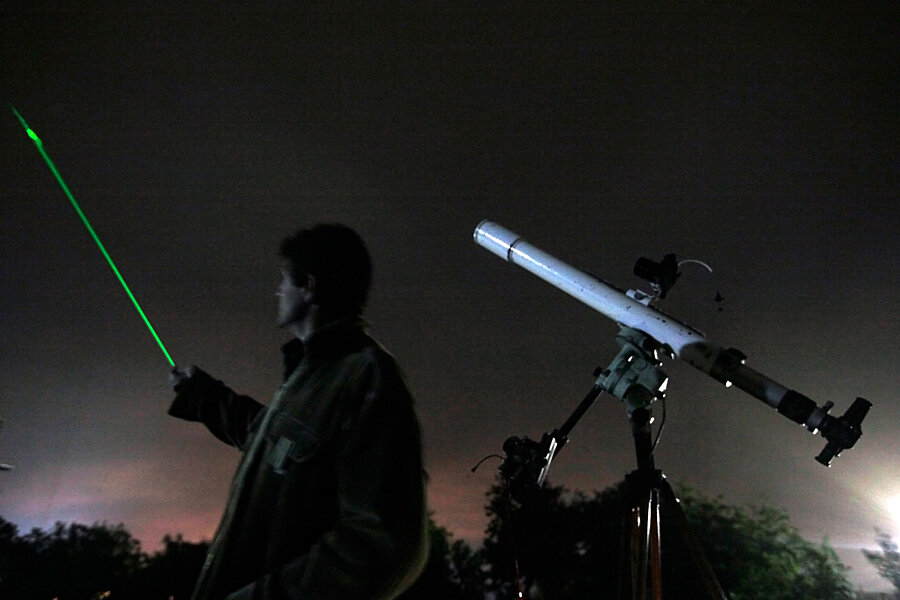Orionid meteor shower tonight: how to get the best view
The annual Orionid meteor shower – a rain of cosmic crumbs from Comet Halley's table – peaks in the early hours of Tuesday, providing sky-watchers in the Northern and Southern Hemispheres with one of the best astronomical treats of the month.
This year's shower is expected to be modest in numbers, with meteors flitting across the sky at an average pace of about one every three to four minutes, according to the International Meteor Organization. Some years have seen an average of about one meteor a minute.
Still, the event is worth the early rise with favorite hot beverage in hand, astronomers say.
The moon will be only the thinnest of slivers as it approaches its “new” phase Thursday and rises just before dawn, so its brightness won't upstage the meteors. These meteors are among the fastest to enter the atmosphere, hurtling in at about 148,000 miles an hour, which means a higher likelihood of seeing some explode as fireballs, compared with their slower counterparts. Also, the part of the sky from which the meteors appear to originate, known as its radiant, lies between two spectacular constellations: Orion and Gemini, which is just off Orion's right elbow. So there's much to see between meteors.
Technically, the peak of the peak is estimated to occur at 2 p.m. EDT Tuesday, according to the International Meteor Organization. But that's no reason to throw your hands up in despair, notes Bill Cooke, who heads the Meteroid Environment Office at NASA's Marshall Space Flight Center in Huntsville, Ala.
The debris stream left by repeated passages of Comet Halley along its 75- to 76-year orbit around the sun is broad and clumpy, and so is the peak. This means that “observers can see decent numbers of Orionid meteors in the predawn hours” Tuesday and Wednesday, he writes in an e-mail – weather and light pollution permitting.
For the United States and Canada, some of the best regions for viewing include the US Southwest, much of the central US, and across the Gulf states, according to Environment Canada, which maintains a website that forecasts astronomy “seeing” conditions, based on predicted weather patterns. At least for late Monday night and into Tuesday morning, the Pacific Northwest, most of Florida, and much of the Northeast face cloudy conditions.
Although the meteors' paths point back to a common patch of the sky, they can appear from horizon to horizon. To improve your chances of seeing the largest number of meteors, experienced sky-watchers recommend picking a viewing spot whose skies are as free of light pollution as possible and that has the widest horizons.
And if you miss this meteor shower, Comet Halley provides a second shower, the Eta Aquariids, each May.







